Miniature Railway World Library - Builders
Listed on these pages are the complete collection of books on miniature railway and locomotive builders - including book description and details on how to order where available.
- Books - Guide Books - Magazines - Media -
- General Titles - Builders - Guides & ABC Series - Photo Books - 7 ¼ - 9 ½ inch - 10 ¼ - 12 ¼ inch - 15 inch + -
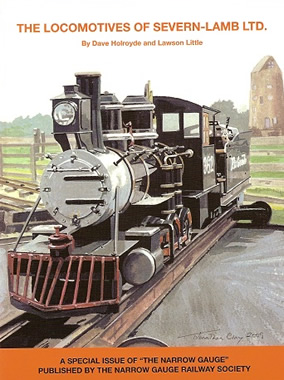 |
|
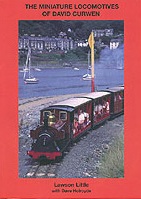 |
|
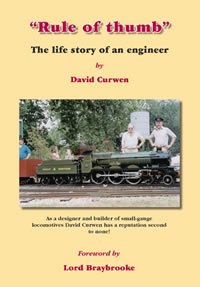 |
|
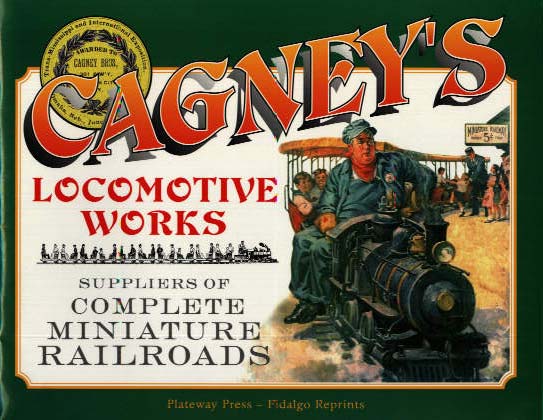 |
CAGNEY'S LOCOMOTIVE WORKS, Published by Plateway Press, ISBN 1871980372. 48pp, 280 x 220mm. Very well reproduced facsimile of a catalogue produced by the Cagney brothers in 1904. Includes summary histories of the firm, their locos that reached the UK, and a description of restoration of an elderly example. This publication is a fitting tribute to the Cagneys who were first to think up the idea of miniature railways as amusement attractions. In their heyday they sold hundreds of little train sets all over the world. |
OUT OF PRINT
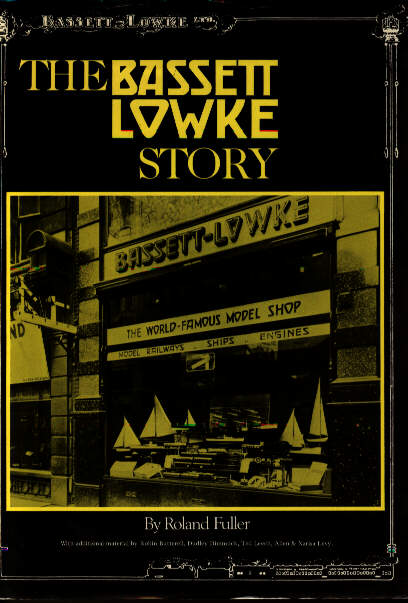 |
THE BASSETT-LOWKE STORY by Roland Fuller. New Cavendish Books, 1984 When this book came out everybody hoped it would be the once-and-for-all history of the man, the firm, and all their endeavours. This it certainly is not, but it does have the virtue of having been written by an 'insider', Roland Fuller, who was Bassett-Lowke's right hand man within the firm over many years. Alas Fuller died before the book was published. The great majority of this book is a photo album; only a few photos are of miniature railway subjects, and those are poorly captioned; the views are interesting however, and have not appeared elsewhere. This book's real virtue is in its text describing Bassett Lowke's enthusiasm during the height of their miniature railway activities, and the unusual devolved workings of the firm. |
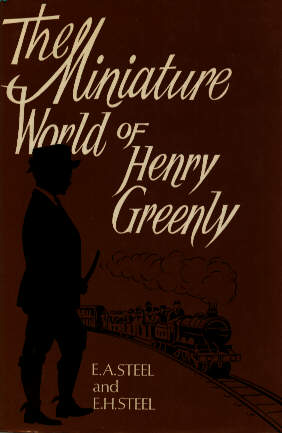 |
THE MINIATURE WORLD OF HENRY GREENLY by E A Steel and E H Steel. MAP publications, 1973 It was Greenly's genius for design that lead to the growth of miniature railways in this country up to the 1930s, from defining the 'standard' gauges, to building the Romney Hythe and Dymchurch Railway. There is no doubt that had he not applied his talents to miniature gauges he would have made a name for himself working for one of the main line companies. This is the story of the man, written by his daughter Elenora Steel, and her husband Ernest. It's a fascinating tale throughout. There are one or two minor errors in the railway facts and figures, but don't let that put you off from reading about one of the 'great men' in our world. |
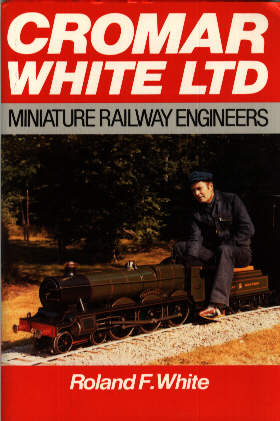 |
CROMAR WHITE LTD, MINIATURE RAILWAY ENGINEERS. By Roland F White. Published by the author. ISBN 0951714708. 96pp, 140 x 216mm. This book relates the history of the firm's miniature railway activities up to when the firm was sold. As well as manufacturing locomotives, rolling stock and track, Cromar White were commissioned to install a number of complete railways for their customers, right from the initial survey. As well as relating history, this book includes valuable advice on how to set about building a railway of your own.
|
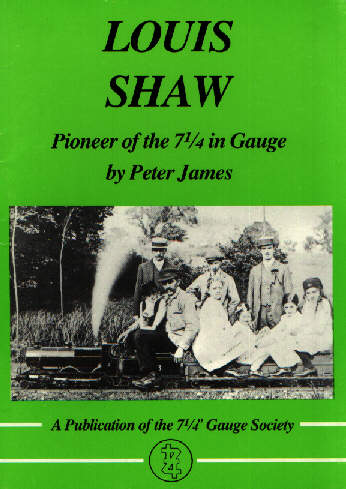 |
LOUIS SHAW, PIONEER OF THE 7¼IN GAUGE, by Peter James. 7¼in Gauge Society, 1988. It seems remarkable that 7¼in, the most popular miniature gauge, has had so few books about its history. Perhaps it is because the hobby is so diverse; engines have been constructed in garages and sheds, and it would be a brave man who wrote a book attempting to cover all of them. Louis Shaw was not only very early in this field, but ran his locomotives commercially, first in Derbyshire during the 1920s and then on the Lincolnshire coast at Mablethorpe. Simon Townsend masterminded production of this title, which uses the collection of photographs that survived in hands of the Shaw family; just fabulous period photographs. It took great patience to persuade the 7¼in Gauge Society to publish this, which they finally did in 1988. |
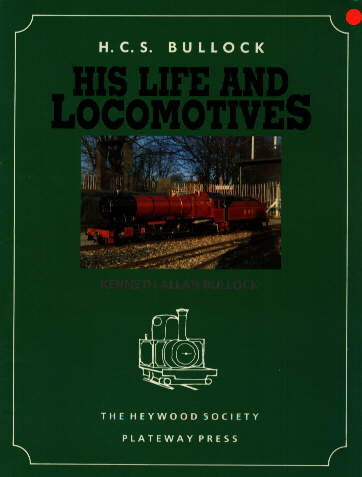 |
H.C.S. BULLOCK - HIS LIFE AND LOCOMOTIVES, by Kenneth Allan Bullock Heywood Society/Plateway Press, 1987. Bullock was a talented engineer who built a series of very powerful 10¼in gauge locomotives during the 1930s. He built a line of his own in order to demonstrate them, and this was taken over and revamped to become the Surrey Border and Camberley Railway. This is his story, written by his son Ken. A good read, including some priceless anecdotes. |
© 2014 Copyright - Miniature Railway World, All Rights Reserved.
Please do not use any content from Miniature Railway World, without prior permission from the Miniature Railway World team.

